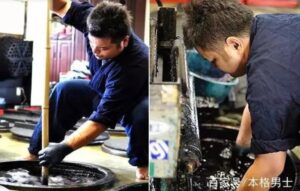Why is denim usually blue?
Because jeans were originally used by workers in the western United States for field work, they were dyed blue because there were many mosquitoes in the field. In order to prevent mosquito bites, indigo plant leaves are fermented and processed into a dye specifically used to dye jeans fabrics. Because the leaves of this indigo plant can not only kill pests, but are also very effective in driving away venomous snakes.
If we trace back to the origin, the first pair of jeans in the world were brown. That was because they had to be used for their work at that time and were used as clothing for miners. Later, because workers were afraid of getting dirty, the inventor of jeans , that is, Levis, imported blue twill from France and began to produce blue jeans. Later, it slowly evolved and the fabrics of jeans became mostly dark blue and black. Jeans: Also known as “rugged trousers.” A type of tight-fitting pants worn by men and women. The front trouser piece has no pleats, the back trouser piece has no darts, and the door placket is equipped with a zipper. There is a slant pocket on the left and right sides of the front trouser piece. There are two pointed patch pockets on the back piece that are close to the waist. The seams of the pocket openings are nailed with Metal rivets and embossed topstitching. It is wear-resistant, stain-resistant, close-fitting and comfortable to wear. They are generally made of indigo water-blasted fabrics such as denim and tendon denim. They are also made of imitation suede, corduroy, velveteen and other fabrics, collectively referred to as “jeans.” It first appeared in the American West and was popular among local miners and cowboys. It is still very popular in contemporary times. Jeans are loved by young people because they are wear-resistant and some materials are soft, making them fashionable and comfortable to wear.
First of all, we have to start with the origin of jeans.
The original jeans were brown and made of relatively cheap tent fabric at the time. However, this fabric was very uncomfortable when wear it on and easily worn. It was not until 1950 that Levi’s, the jeans king, invented the first pair of blue jeans.
Second Reasons of why denim normally in blue color
Reason 1. Because of shortage of the fabrics
At that time, the demand for jeans was increasing, and tent fabrics were far from meeting people’s needs. Levi’s turned its attention to a relatively wealthy fabric on the market – denim. Denim is produced in Nimes, France, so it is called denim.
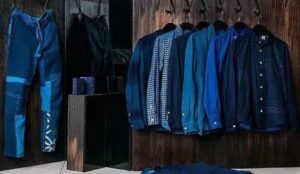
Reason 2: Anti-mosquitoes
Because many workers worked in the field, but there was no anti-mosquito spray at that time, so people used indigo plant leaves, which can repel mosquitoes, to make dyes to render the fabric. From then on, blue jeans were slowly passed down.
Reason 3: The more blue you wash, the better it looks.
Compared with other colors, blue is a color that looks better the more you wash it. Even if it fades, it has a retro/vintage aesthetic. It will not feel old and abrupt like pants of other colors that fade.
Reason four: Practicality, the color of jeans was once chosen as blue.
Of course, the blue color is obtained from the indigo plant, which is particularly useful for dyeing cotton.
When heated, the dye usually penetrates into the cotton fibers, but indigo binds to the fiber surface. Therefore, the blue dye remains on the surface of the fabric and does not stain feet. The color of the jeans also fades for the same reason – but it doesn’t detract from the use of the jeans
Reason 5: Due to historical reasons, jeans originated from the western United States.
At that time, they were mainly used for grazing. Compared with other colors, blue is more wear-resistant, stain-resistant, and durable.
Jeans are also extremely all-matched and can be worn casually in daily life.
If we trace back to the origin, the first pair of jeans in the world were brown. That was because they had to be used for their work at that time and were used as clothing for miners. Later, because workers were afraid of getting dirty, the inventor of jeans , that is, Levis, imported blue twill from France and began to produce blue jeans. Later, it slowly evolved and the fabrics of jeans became mostly dark blue and black.
In the past, the structure and color of jeans were very simple, but now denim fabrics have gradually become more fashionable, and their colors have become richer. But basically indigo and blue-black are still the main colors. The main reason is that the effect of blue wash water is the most popular among the public and can stand the test of time.
Those variegated jeans were popular for a while, but they all blew away like a gust of wind. Therefore, for most consumers, being too picky about the color of jeans is a bit of a fuss. Indigo is a non-solid color that becomes more beautiful as it is washed, so it is also an eternally beautiful color for jeans.
◆ What is blue dyeing?
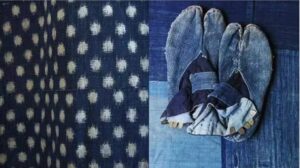
Blue itself is attractive as the color of the sky and sea. Although the dyes are different, ancient people began to use different herbal dyes to dye blue cloth thousands of years ago. This way of wearing is still used in many ethnic minority areas in China. It has been retained and used, and Japan has highly restored traditional indigo dyeing while combining it with modern designs, making indigo dyeing clothing more and more popular.
But few people know that this indigo dyeing technology, which was promoted by Japan, was actually introduced from China.
Indigo in blue jeans has been used to dye clothes for thousands of years, and the earliest records in my country date from the Qin and Han Dynasties.
The indigo dyeing process originates from the folk and is one of the oldest manual printing and dyeing processes in China.
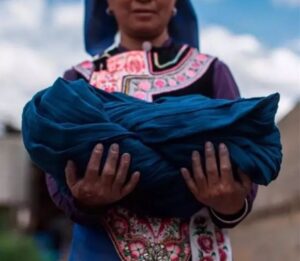
Indigo dyeing refers to a printing and dyeing process that uses the leaves of indigo plants for fermentation and precipitation, extracts pigments, and then adds special substances to catalyze reduction and coloring.
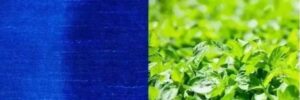
Indigo plants are common in China, Japan, India, Egypt, Africa, and Central and South America. Indigo fabrics are readily available today, but there was a time when indigo was a rare commodity.
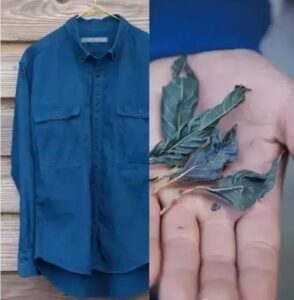
Just a few centuries ago, only royalty and nobility could afford this mysterious and unique dye. Due to the difficulty of importing, indigo dye’s status at that time was similar to that of tea, coffee, silk and even gold. Therefore, indigo was once a royal color exclusive to the royal family.
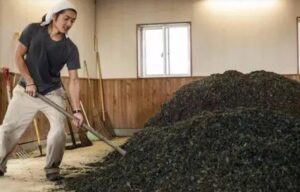
Depending on the degree of fermentation and the number of times of dyeing, indigo dyeing can produce rich tones, ranging from light blue to navy blue, black blue and other colors.
